For the Hip Hop 50 column, inaugurated to celebrate Hip Hop music and culture, in this editorial we will review the undisputed queens of Rap, from Salt-N-Pepa to MC Lyte to Lauryn Hill and Nicki Minaj.
From the early icons of the 1970s, 80s, and 90s to the chart-topping stars of today, these women have helped enrich and strengthen the image of Hip Hop around the world, breaking down barriers related to gender differences in a male-dominated industry. Find out their names!
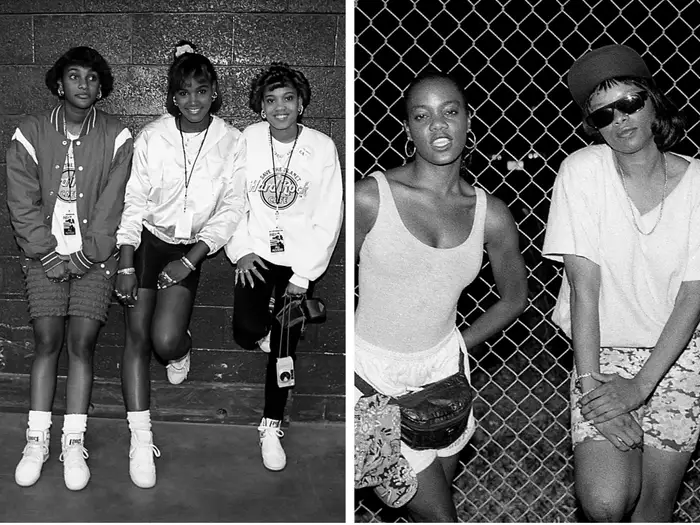
MC Sha-Rock, known as the “Mother of the Mic,” is considered the first female emcee of Hip Hop in the 1970s. Her career began quietly, as the men from the record companies that mattered did not take her seriously because of her gender, but when she joined the group Funky 4+1, she got noticed even by the most skeptical, thanks to perfect bars, charisma to spare, and lots of energy.
Thanks to her, Funky 4+1 were the first hip hop group to get a record deal and the first to participate in the show “Saturday Night Live,” an event that also marked Hip Hop‘s entry into the mainstream industry.
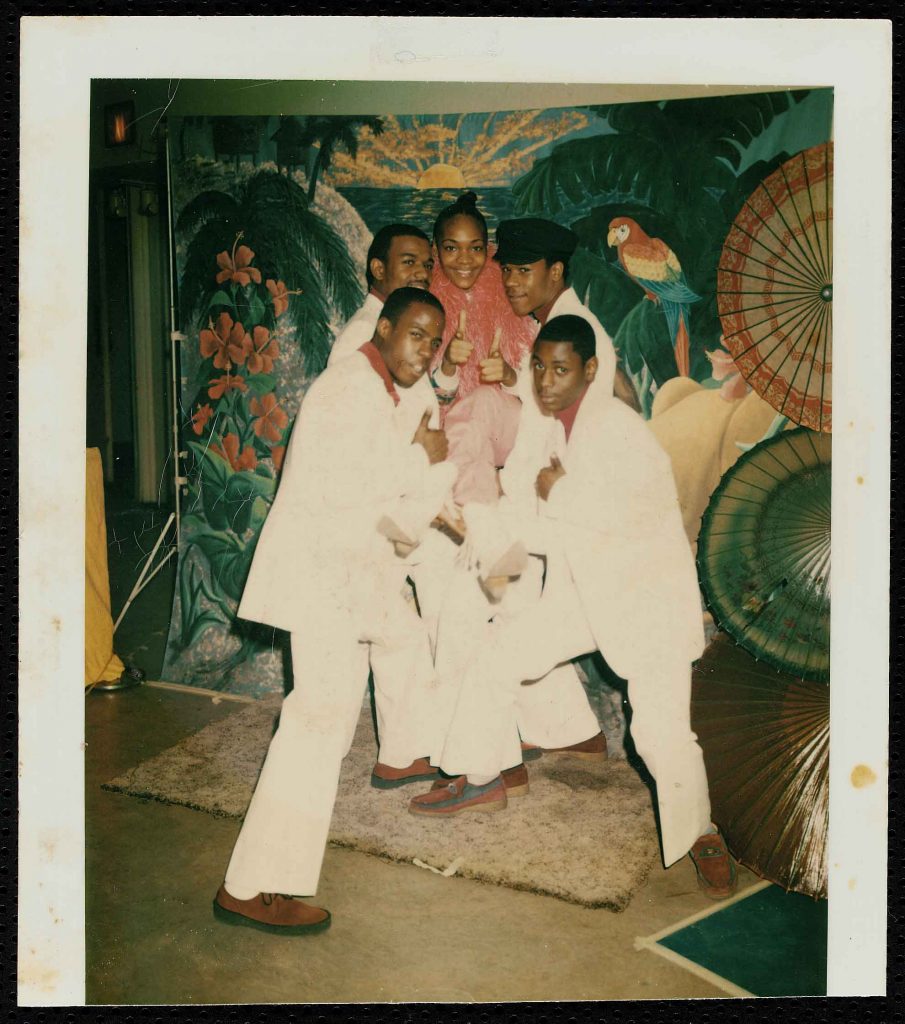
Another pivotal moment in the history of Hip Hop from a female perspective occurred in 1980, when Sylvia Robinson, founder and CEO of Sugarhill Records, released “Rapper’s Delight,” the first hip-hop song to achieve commercial success and the first to enter the Billboard Top 40, to be played on the radio. Sylvia Robinson was the first woman in the hip-hop industry to release a solo album, in a male-dominated industry-a true message of empowerment.
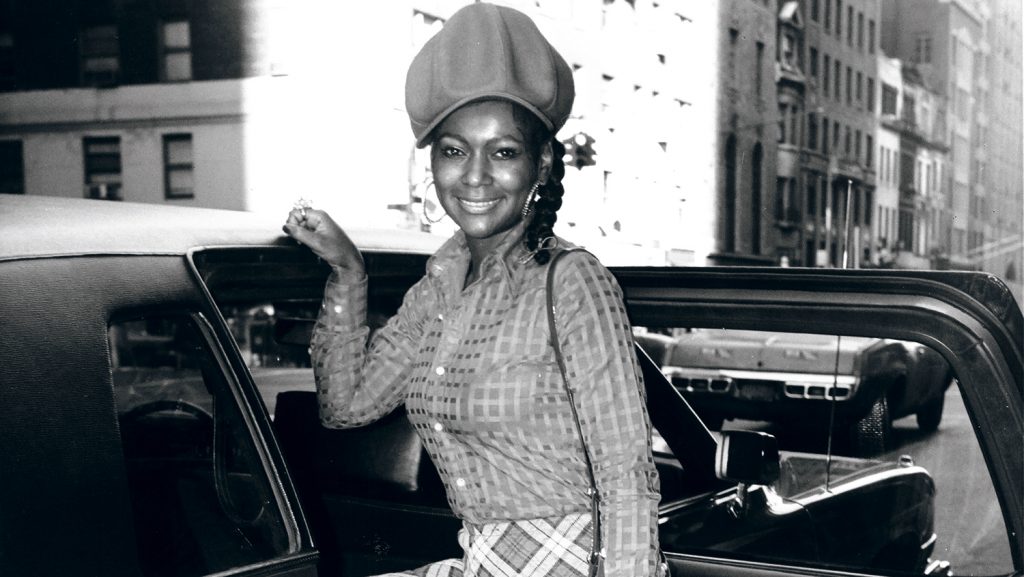 As the genre became more and more established and cemented in the mainstream culture of the 1980s, women had to fight hard to establish themselves in the marketplace, get noticed by record companies, deserve respect: a woman on the microphone was somehow always undervalued, even if she was far better than any male MC. It was for this reason that, in 1989, Queen Latifah asked MC Love to join forces and write an anthem to empower sister MCs: out of this union was born “Ladies First,” a song celebrating the talent of ladies in the industry.
As the genre became more and more established and cemented in the mainstream culture of the 1980s, women had to fight hard to establish themselves in the marketplace, get noticed by record companies, deserve respect: a woman on the microphone was somehow always undervalued, even if she was far better than any male MC. It was for this reason that, in 1989, Queen Latifah asked MC Love to join forces and write an anthem to empower sister MCs: out of this union was born “Ladies First,” a song celebrating the talent of ladies in the industry.
At the time, women were given derogatory terms in some hip hop lyrics, bringing out a troubling misogynistic side of the industry, but with “Ladies First,” contained on Queen Latfiah’s 1989 album, “All Hail the Queen,” women were honored as “queens“-an absolute revolution for the time.
From the late 1980s, and throughout the decade of the 1990s, the new generation of hip hop stars were concerned with sending a message of female empowerment, linked to the courage to express their sensuality freely. It all began with Salt-N-Pepa, when they released their first studio album, in 1986, they became the first female rap group to casually flaunt a provocative and daring sex appeal, definitely breaking with all the rules with the past.
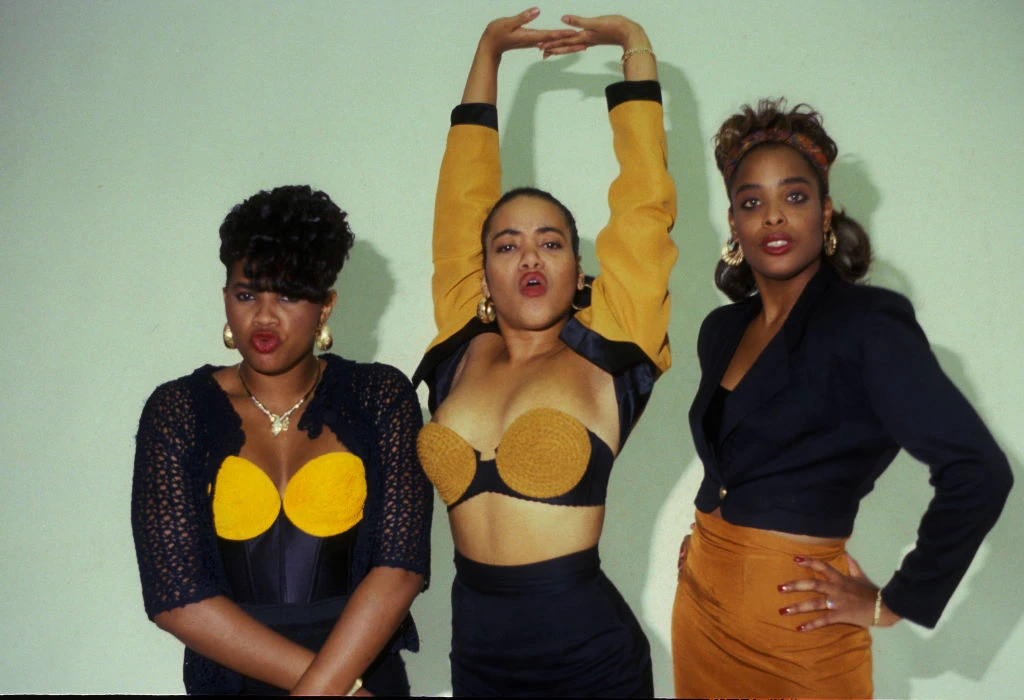
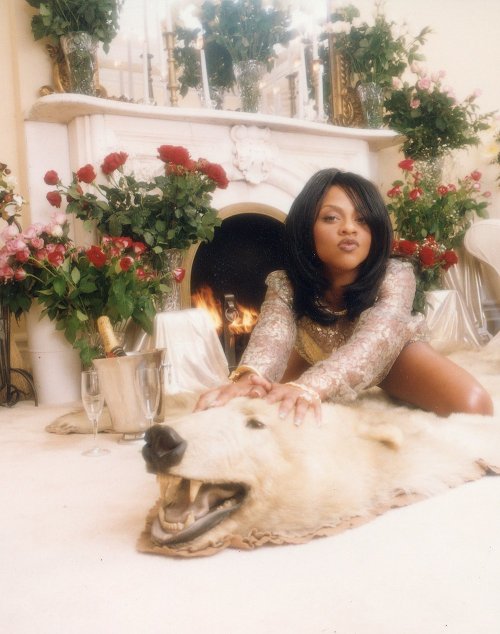
When Missy Elliot released her debut album, “Supa Dupa Fly,” in 1997, she not only stood out for her unique style, rhymes, and iconic performances and in her music videos, the first of which was her debut single, “The Rain.” This album pioneered a new female approach to Hip Hop: female rappers were no longer part of a subgenre; they now competed for the same game and with the same rules as men. And the competition was fierce.
 Another artist who changed the rules of the industry, changing it so profoundly that, after her, nothing would ever be the same again, was Lauryn Hill.
Another artist who changed the rules of the industry, changing it so profoundly that, after her, nothing would ever be the same again, was Lauryn Hill.
When he embarked on his solo career in 1997, he did a revolutionary act, both for his individuality and for personal redemption.
At the time, the Fugees were on their second album, which was going strong, and the internal disagreements between Hill and Wyclef were not artistic, but intimate: the two were in a clandestine relationship, and when Lauryn put the guitarist in front of the aut aut aut aut to decide for her or his wife, the latter said he was intent on continuing his marital relationship. At that point Hill, despite pressure from the record label pressing for another album, sponsors and all the financial privileges in the world, decided to leave for good.
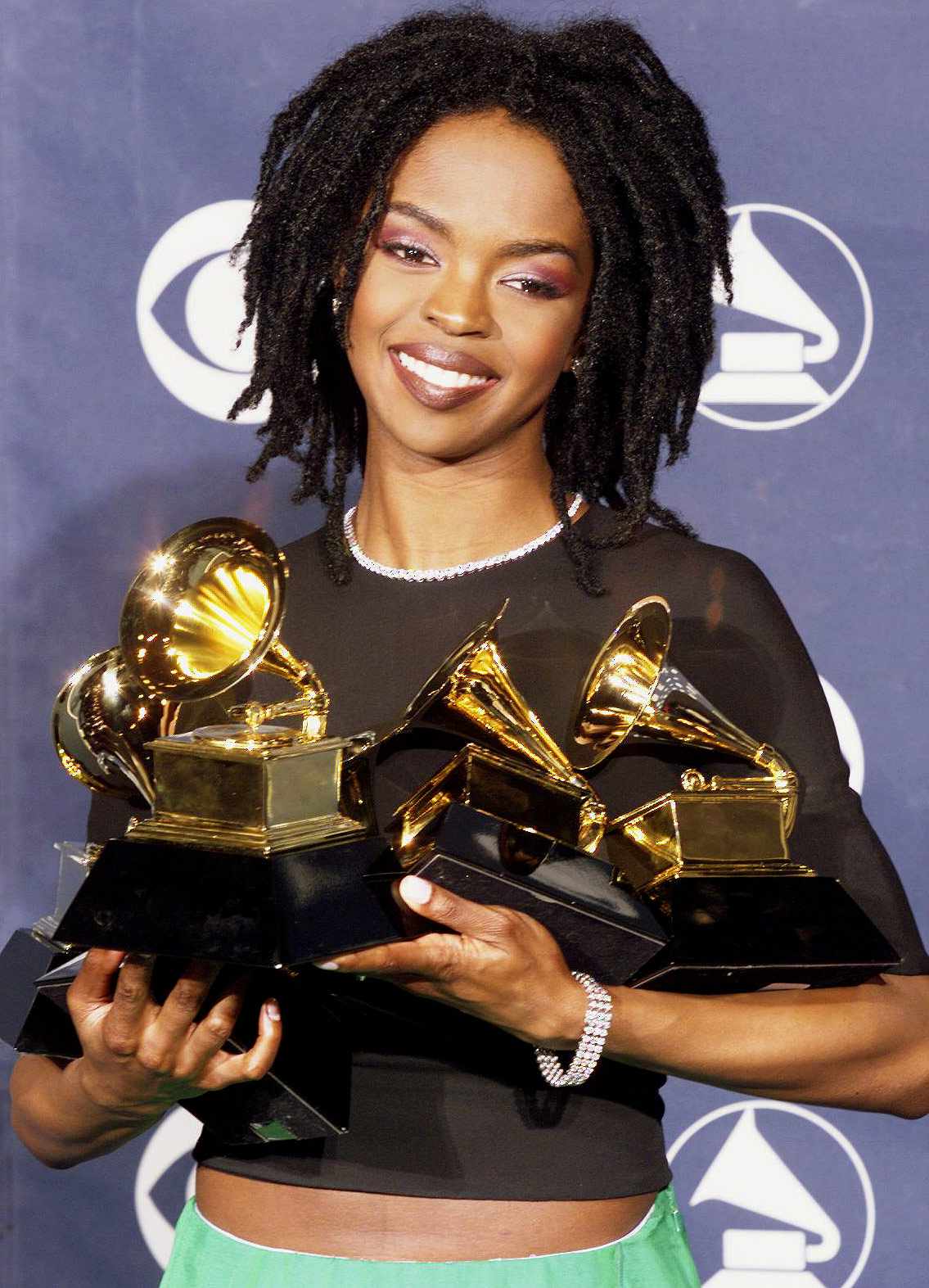
A choice that would prove to be a winning one, as with her first solo album, “The Miseducation of Lauryn Hill” in 1998, she climbed the Billboard 200 chart, won five Grammy Awards, including Album of the Year.
Although it has been 50 years since the birth of hip hop, and 40 since the first record hit produced by a woman, in the early 2000s many female artists still struggled to be recognized in the industry because or record executives always wrote them in the minority, compared to men.
When, in 2010, Nicki Minaj burst onto the scene with her debut album “Pink Friday” and her hit single “Super Bass,” it was a time when mainstream hip-hop was noticeably lacking in female voices, which somehow broke the routine of male voices on radio stations, male faces awarded at Grammy awards, a masculinized image of the entire industry.
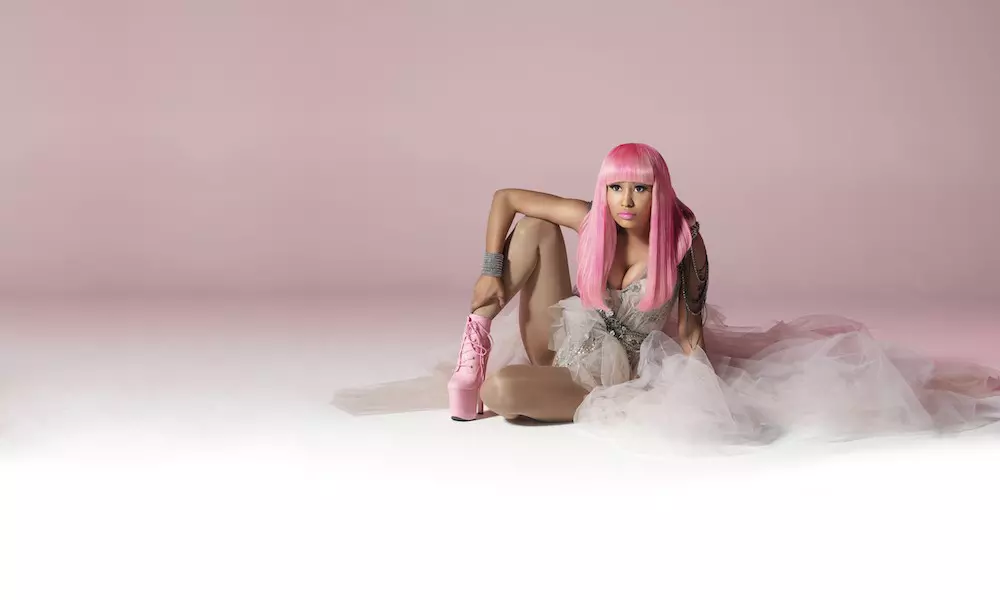
But it was only with the advent of social media that the great divide broke down altogether:
A prime example is the rise of Cardi B, who became the only female solo artist to win a Grammy for best rap album.
Initially known in America as an up-and-coming artist on the reality show “Love and Hip-Hop,” Cardi B managed to promote her mixtapes, grow her platform, and develop a fan base, all before landing a major record deal with Atlantic Records in 2017.

Today’s female hip hop scene is one of the most thriving in the music industry ever, with an established identity thanks, in part, to all the women who, in the five decades since its inception, have discarded beliefs and superstructures.